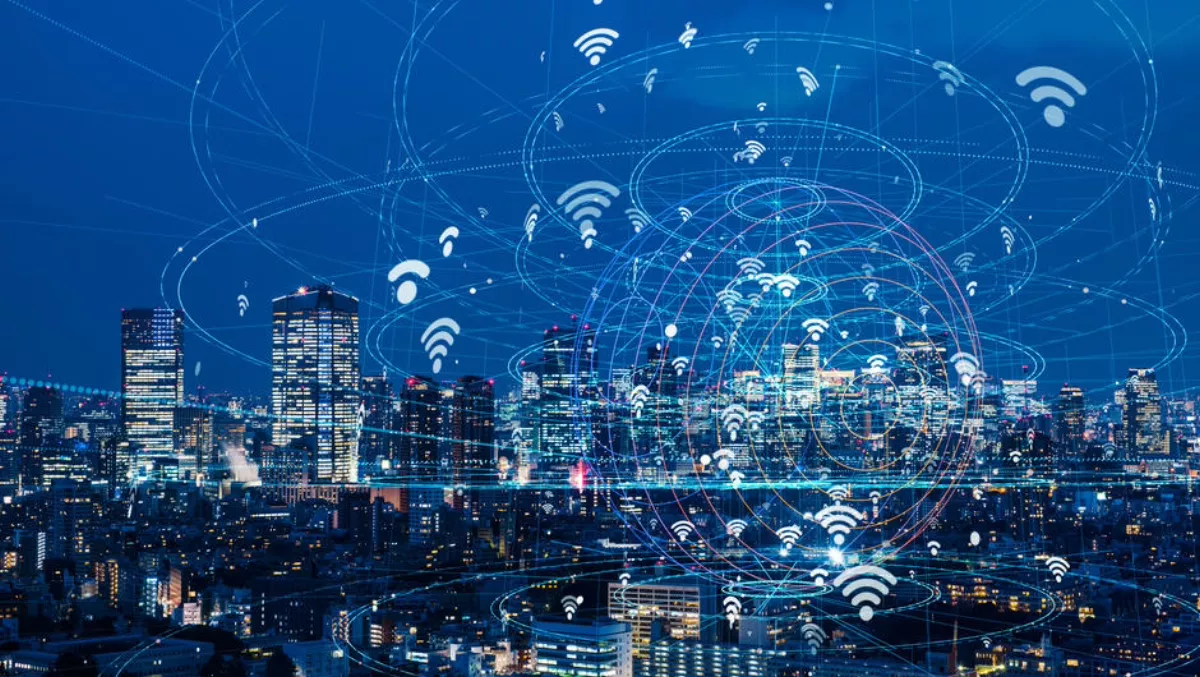
Profiting from IoT: How to effectively monetise software
The Internet of Things (IoT) is changing how manufacturers approach software sales. Previously, embedded software was a given with all products. You pay for the product, you get the hardware – and the associated updates and upgrades. Now, however, manufacturers are moving from a one-off sales model to a recurring revenue one. Software monetisation is essential to this, but the change is easier said than done; many manufacturers face resistance from their customers when implementing these changes.
The issue is that customers do not expect to pay for anything more than the product. For years – and even decades – customers paid for machines and expected innovation, new functionality and updates to come with the device, without extra cost. It's not as easy anymore. Device manufacturers are right in the middle of a value shift from hardware to software. They're investing heavily in embedded software development to make devices smarter, more secure and more flexible.
To keep pace with the growing rate of change, the revenue model needs to shift. In the future, ongoing software development will need to be monetised more effectively to provide a continuous delivery of new features and updates. Embedded software is 'quieter' and harder to convince consumers to value – but it makes devices what they are today. Manufacturers that want to shift to digital business models need to think differently about monetisation.
There is no simple solution to change customers' minds right away, but we've seen different monetisation approaches that worked well. Here are three techniques we recommend:
1. Everything-as-a-Service
The Everything-as-a-Service model is the most drastic change, but might well be the most rewarding in the long run. In this model, device manufacturers completely change into service organisations.
Rather than just selling devices, the manufacturer remains the actual owner of the device and offers services to customers. Buyers pay for what they use, rather than for the device. In return, they receive what they asked for without having to worry about machine maintenance or services.
The supplier on the other side gets more usage from fewer machines and benefits from higher recurring revenue streams. To give an example out of our daily lives, think DriveNow or Car2Go – using a car when you need it rather than buying your own that's only used for one out of 24 hours a day.
2. Create USP via Embedded Software
Use embedded software to differentiate from low-cost competitors. In some industries, devices from low-cost competitors almost look like the original. The quality of embedded software and the difference in product functionality helps legitimate the higher price for the hardware or even an increase in the upfront price, even if the software doesn't get monetised separately.
In this approach, the manufacturer would still stay with its traditional model of selling machines/ devices. But the value of embedded software and the results derived from it would help the manufacturer to better position their devices against the competition. Even if the software isn't directly monetised in this model, it helps maintain a higher price for the device – the promotion of software-enabled features and services makes all the difference here.
3. Change Packaging
The third option is a trade-off between the first and second techniques, and a more direct correlation between the value delivered through software and the actual price. Many device manufacturers now start selling a base product, which is the device with a standard feature set at a standard price. On top of that, they offer premium features that can be purchased and are often monetised using subscription models based on users or usage.
These premium features could be anything that delivers additional value to customers. It starts with simple offerings like increased storage, bandwidth or capacity, and goes beyond that to enable remote control or monitoring, or a certain functionality on a device. For example, autonomous parking for a car, where this premium feature will be monetised separately, which makes the value of software a lot more credible.
This model also enables a smooth transformation to digital business models. While the base product, sales channel and production doesn't change overnight, this model adds new offerings on top of the traditional business model, enabling manufacturers to enhance and broaden their digital offerings without disrupting their existing business.
Products-as-a-service is increasingly common in the lives of consumers. With Spotify subscriptions and GoGet cars already the norm, monetising embedded software is just the next step in finding a better way to deliver products while remaining profitable. The key is finding an approach that works.

